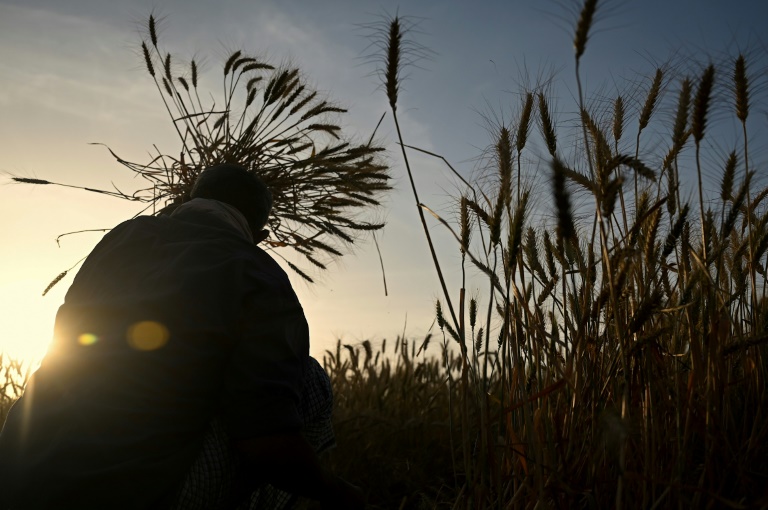A draft report from the UN’s climate science advisory panel offers the most exhaustive look yet at how our warming planet will impact humankind’s health, wealth and well-being.
AFP had exclusive access to the Intergovernmental Panel on Climate Change (IPCC) draft, set to be published next year.
Here are some of its findings on impacts on people:
– Food and water –
The report shows how climate change has already decreased major crop production globally and is predicted to impact yields throughout the 21st century, putting greater pressure on countries with a growing number of mouths to feed.
– Between 2015-2019, an estimated 166 million people, primarily in Africa and Central America, required humanitarian assistance due to climate-related food emergencies
– Rising CO2 levels will also degrade the quality of crops, reducing vital minerals and nutrients in key foodstuffs
– Despite greater levels of socioeconomic development, nearly 10 million more children will go undernourished and stunted by 2050 — exposing them to a lifetime of associated health risks
– Catch potential of marine fisheries — on which millions of people rely as their main protein source — is projected to fall 40 to 70 percent for tropical regions of Africa if emissions continue unabated
– Halving red meat consumption and doubling intake of nuts, fruits and vegetables could reduce food-related emissions as much as 70 percent by mid-century and save 11 million lives by 2030
– Extreme weather –
Rising temperatures will reduce people’s physical ability to work, with much of South Asia, sub-Saharan Africa and parts of Central and South America losing up to 250 working days a year by 2100.
– An additional 1.7 billion people will be exposed to severe heat and an additional 420 million people subjected to extreme heatwaves if the planet warms by two degrees Celsius compared to 1.5 degrees — the range laid out in the Paris Agreement
– By 2080, hundreds of millions of city dwellers in sub-Saharan Africa and South and Southeast Asia could face more than 30 days of deadly heat each year
– Flooding on average will likely displace 2.7 million people annually in Africa. Without emissions cuts, more than 85 million people could be forced to leave their homes in sub-Saharan Africa due to climate induced impacts by 2050
– A plus 1.5-degrees-Celsius world would see two or three times more people affected by floods in Colombia, Brazil and Argentina, four times more in Ecuador and Uruguay, and a five-fold jump in Peru
– Some 170 million people are expected to be hit by extreme drought this century if warming reaches three degrees Celsius
– The number of people in Europe at high risk of mortality will triple with three degrees Celsius warming compared to 1.5 degrees of warming
– Disease and other impacts –
As rising temperatures expand the habitat of mosquitoes, by 2050 half the world’s population is predicted to be at risk of vector-borne diseases such as dengue fever, yellow fever and Zika virus.
– Without significant reductions in carbon pollution, an additional 2.25 billion people could be put at risk of dengue fever across Asia, Europe and Africa
– The number of people forced from their homes in Asia is projected to increase six-fold between 2020 and 2050
– By mid-century, between 31 and 143 million could be internally displaced due to water shortages, agricultural stresses, and sea level rise in sub-Saharan Africa, South Asia and Latin America










